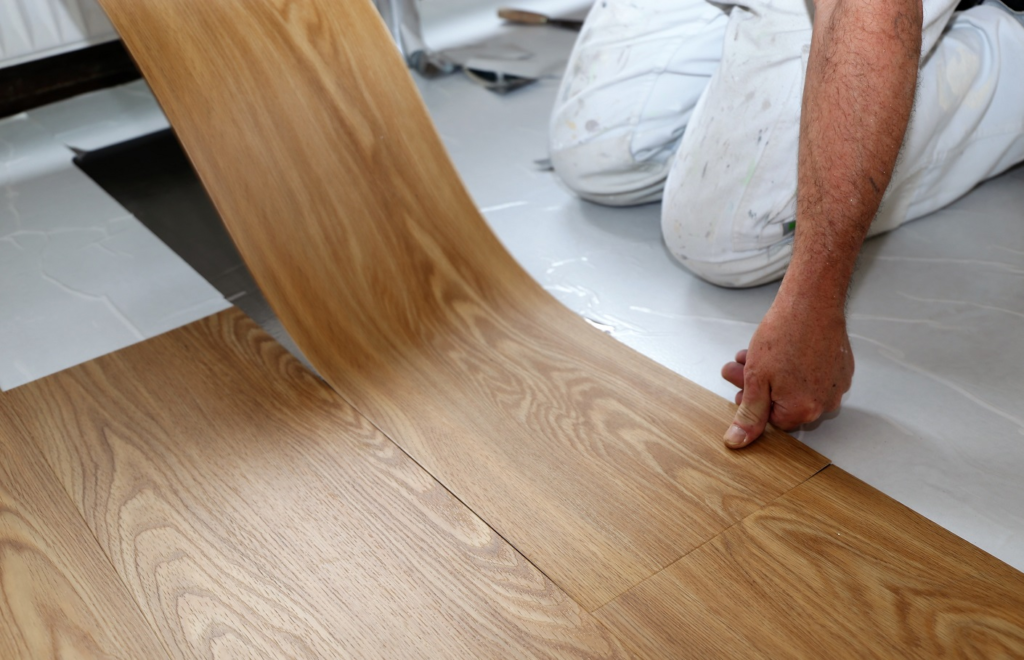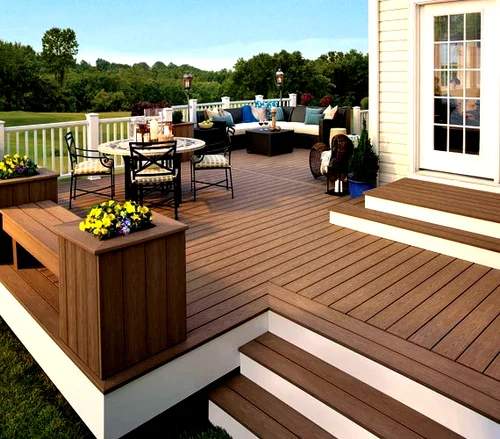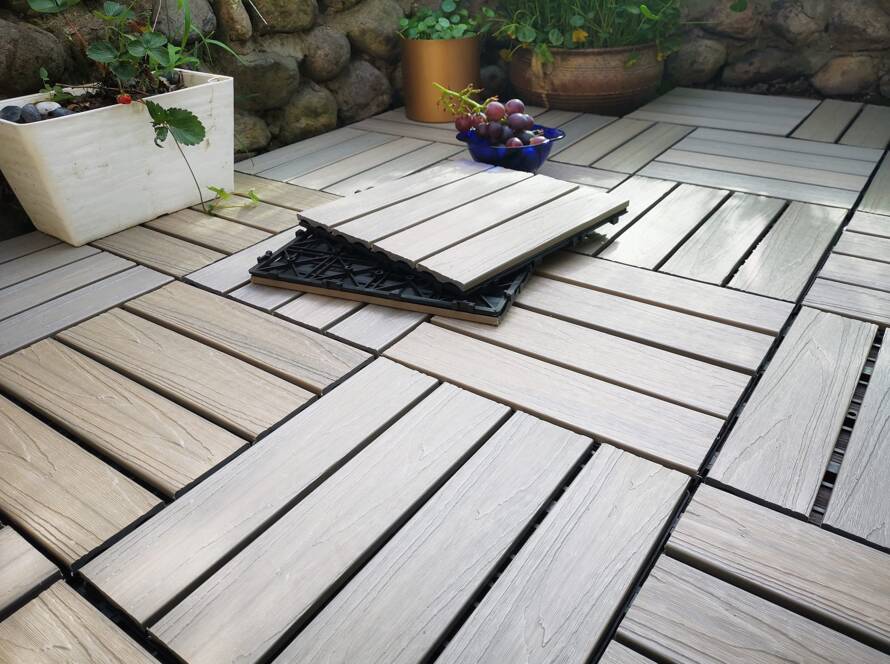
WHAT IS LVT & WPC FLOORING?
- WPC flooring stands for Wood Plastic Composite and it is also an engineered vinyl luxury tile but it is amped up with a special waterproof core.
- WPC flooring is a subcategory of LVT flooring.
- LVT stands for Luxury Vinyl Tile. It is an engineered vinyl luxury tile.
Comparing Traditional LVT vs WPC Vinyl
Traditional LVT has been a popular flooring choice of consumers for years. As the demand grows for affordable and beautiful waterproof flooring solutions, the market continues to add new products with advanced technology.
Rigid core vinyls are a new category of vinyl flooring that includes WPC vinyl. When comparing traditional LVT and WPC vinyl, there are several key differences and similarities to be aware of. Below we will break down the differences and similarities of traditional LVT vs WPC vinyl, so you can select the right vinyl for your needs.
LVT vs WPC Vinyl Differences

Construction – The construction of LVT and WPC vinyl is the biggest difference between these two types of vinyl. A vinyl floor has a simple PVC core that is a rubber product, allowing it to move easily and be flexible. A WPC vinyl has a core made of a wood plastic composite, that gives the floor a solid, stable feel.
Plank Thickness – WPC vinyl floors will be thicker than a standard LVT vinyl. WPC vinyl flooring usually ranges from 5mm to 8mm, while a traditional LVT will be 4mm or less.
Sturdiness – With the difference in core materials, the WPC vinyl is going to be significantly more dimensionally stable than a traditional LVT. The sturdiness aids in helping the floor feel softer underfoot and be more resilient with dents and wear.
Appearance – WPC vinyl flooring is made with the latest digital imaging technology and has a similar look and feel to hardwoods and stone tiles. When it comes to traditional LVT, these floors have more of a vinyl look and feel due to the thin plank structure. Higher end traditional LVT will have a realistic top imaging appearance, but budget LVT options will not look as realistic as a WPC vinyl floor.
WPC vs. LVT LAYERS
WPC flooring is typically (depending on manufacturer) comprised of 4 layers.
- Wearlayer/ Protective Layer – A layer of material applied to the top surface of vinyl flooring. The thickness of the wearlayer varies with each vinyl product collection, or series, and is generally measured in mils. The thickness of a mil is about the same as a page in a phone book. Premium wearlayers offer superior resistance to stains, scuffs, and scratches. How long a vinyl floor will look new and fresh is based on the wearlayer’s performance. So, the thicker, the better.
- Printed Vinyl Layer / Decorative Layer – The rotogravure printing process offers a multitude of design possibilities that are expressed through the decorative layer such as patterns, geometrics, natural stone designs and more.
- WPC Core / Inner Core- This is the main attraction! WPC flooring contains a solid, waterproof WPC core. It won’t ripple, swell or peel no matter how much liquid it is subjected to. The inner core provides durability, insulation and comfort.
- Backing Layer – This is the attached underlayment. The type of backing determines how it can be installed.



